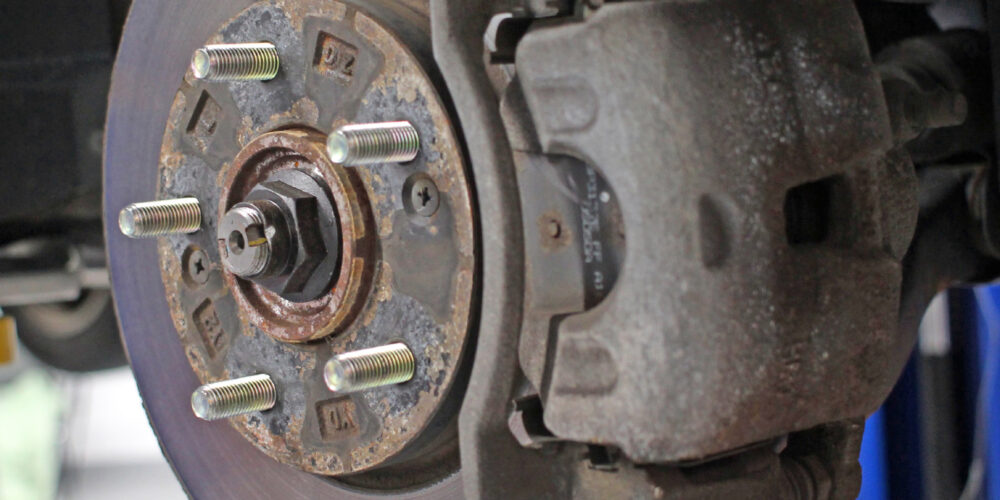Autoliv AB, developer, manufacturer, and supplier of automotive safety systems is taking the aftermarket by storm by showcasing a totally new vacuum braking system – the Torricelli brake – developed for significantly reducing stopping distance for Autonomous Emergency Braking (AEB). Autoliv claims the innovation could revolutionize traffic safety in urban environments.
The technology, created at Autoliv’s research plant in Vårgårda, Sweden., is dubbed after 17th century Italian physicist Evangelista Torricelli, renowned for clinically accounting the vacuum and for inventing the barometer.
The Torricelli brake is connected to the automatic braking system, which in turn is rigged to detect hazards ahead. The patented solution uses a 0.3 m2 vacuum plate below the vehicle that activates in merely 0.1 sec and produces a downforce of 15 000 N – independently from the tire-to-track friction.
Many car accidents are caused by late braking with insufficient force. A driver may brake too late for several reasons: He or she is distracted or inattentive; visibility is poor or a pedestrian crosses the street without paying attention. Therefore, several car manufacturers today offer Autonomous Emergency Braking (AEB) systems. Autoliv’s revolutionary Torricelli Brake will radically enhance the efficiency of AEB systems by dramatically reducing the braking distances
Clinical trials have warranted the so-called Torricelli brake, a vacuum induced plate below a vehicle which sucks down into the track during emergency braking situation, decreases braking distances with ~40 % in speeds up to 43 mph.
Autoliv has put a maximum speed limit for activating the system at 43 mph, due to the effectiveness and force of the system. This in turn means that the Torricelli brake will mainly be applicable in urban environments, where for instance inattentive children and cyclists could be avoided.
Above this article you’ll find a video depicting the innovative braking system, it’s creation and it’s use in urban environments.







